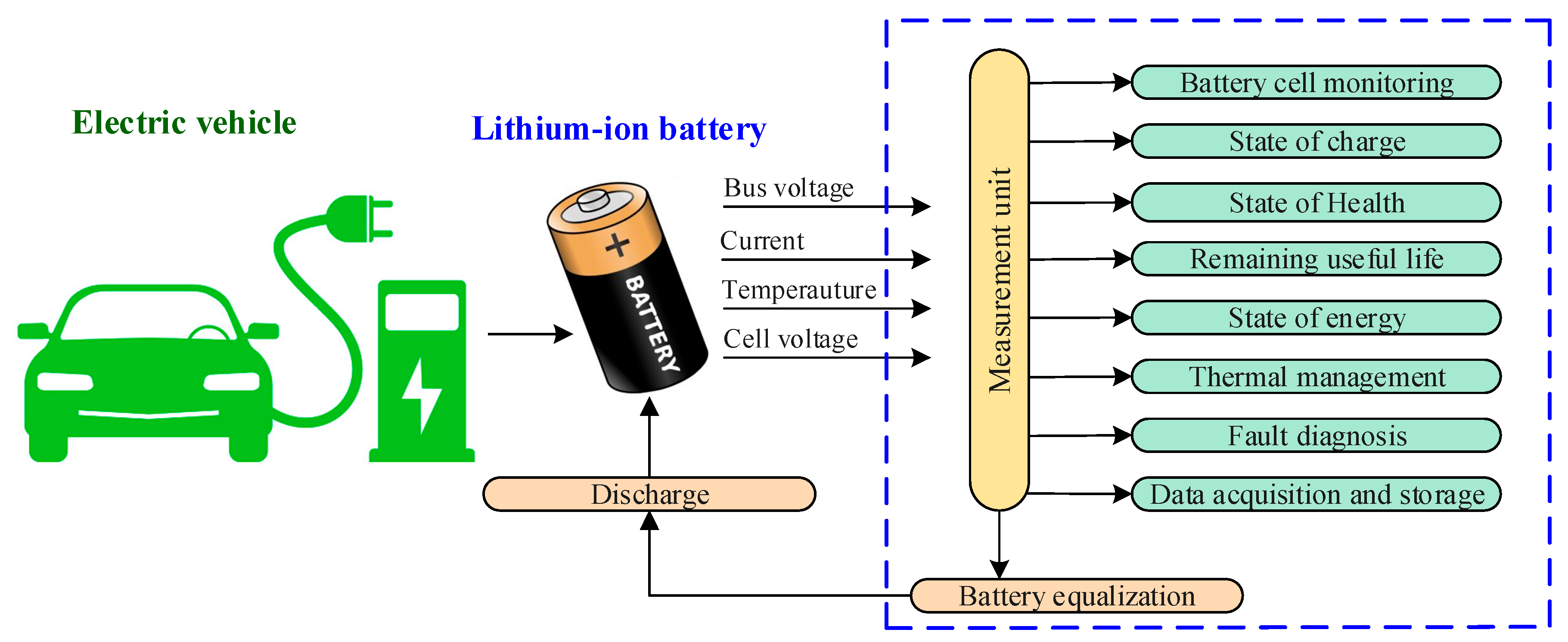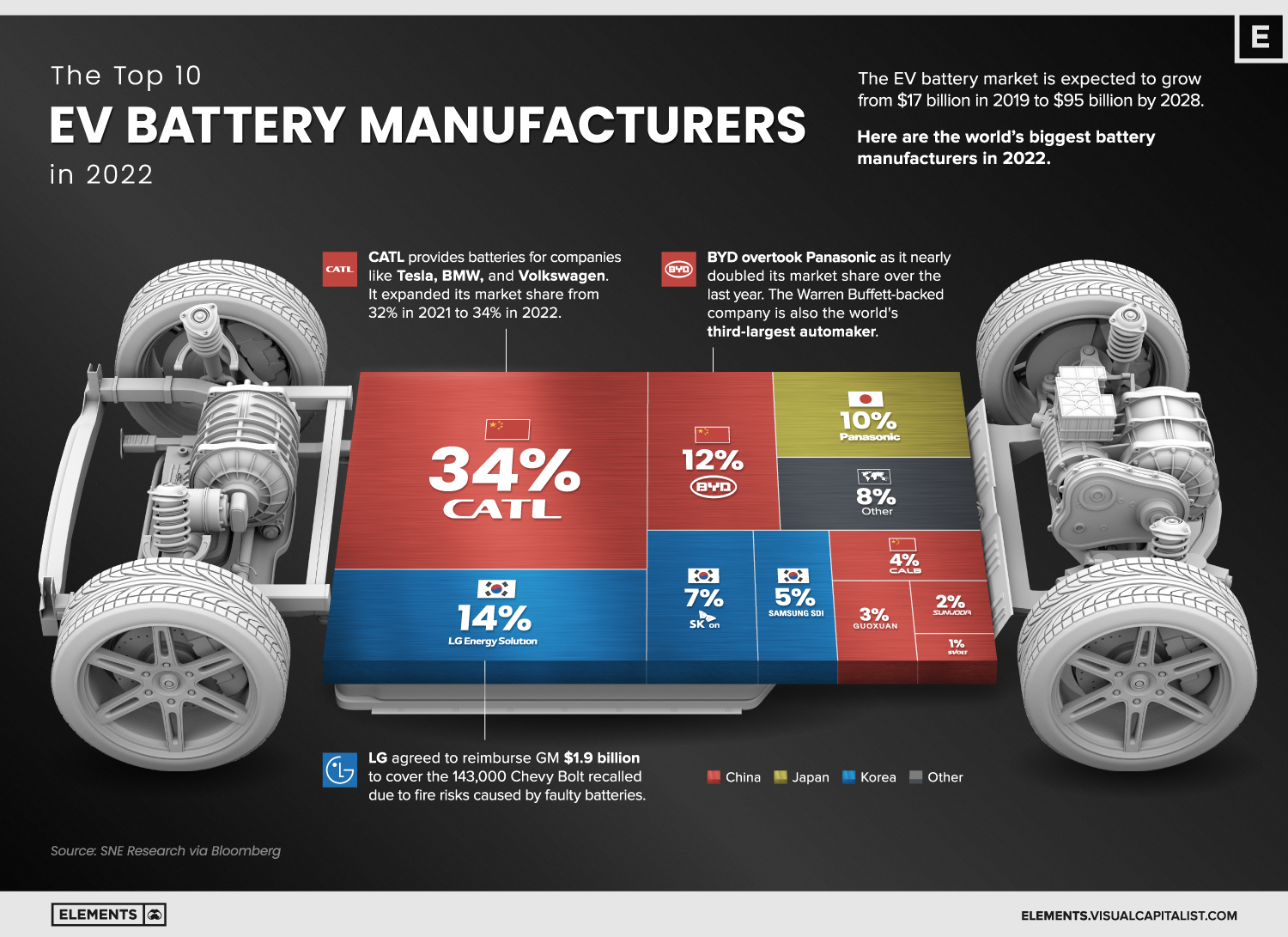Top Notch Info About What Is The Most Efficient Battery

Solid State Battery Efficiency The Ultimate Guide To Transformative
Navigating the Battery Maze
1. Understanding Battery Efficiency
Let's be honest, figuring out which battery is "the most efficient" can feel like trying to solve a Rubik's Cube blindfolded. There's no single, simple answer, because "efficiency" in a battery context depends heavily on what you need it to do. Are we talking about powering your phone, your car, or a remote monitoring station in the Arctic? Each application has different demands, and thus, a different champion. Forget those generic marketing claims for a minute — we're diving deep into the science (but in a way that hopefully won't put you to sleep!).
The crucial thing to remember is that battery efficiency isn't just about how long it lasts. It's about how much of the energy stored inside the battery actually gets used to do the job you need it to do. Think of it like this: a perfectly efficient battery would be like a magician who turns every single rabbit in their hat into a dove. No wasted fluff, just pure magic. In reality, some energy is always lost as heat or through other internal processes. The closer we get to that perfect magician, the more efficient the battery.
So, what factors contribute to efficiency? Things like internal resistance (which causes heat loss), the rate at which you discharge the battery (using it slowly versus blasting it with power), and even the temperature all play a role. A battery that performs brilliantly in a warm room might struggle in freezing conditions. And a battery designed for slow, steady power might fizzle out if you try to make it run a power drill. Choosing the right type, understanding its limitations, and using it correctly are all part of maximizing efficiency.
Different battery chemistries have different inherent efficiencies. Some are better at delivering bursts of power, while others excel at providing a slow, steady drain. And let's not forget the cost! The "most efficient" battery might be prohibitively expensive for your needs, making a slightly less efficient but more affordable option the winner in the real world. It's all about striking the right balance between performance, cost, and application.

Delving into Battery Chemistry
2. Exploring Different Battery Types
Now, let's talk about the various contenders in the battery efficiency game. We've got Lithium-ion (Li-ion), Nickel-Metal Hydride (NiMH), Lead-Acid, and a whole host of other acronyms that could easily induce alphabet soup-induced nightmares. Each chemistry has its own strengths and weaknesses, impacting overall efficiency in different scenarios. Li-ion batteries, for example, are lightweight and have a high energy density, making them great for smartphones and laptops. They also have a relatively low self-discharge rate, meaning they hold their charge well when not in use.
NiMH batteries are a decent alternative, known for their higher discharge rates, but typically have a lower energy density compared to Li-ion, and self-discharge faster. Lead-acid batteries, on the other hand, are older tech, cheaper, and robust, but are bulky and heavy, making them suitable for car batteries and backup power systems. They also have a lower energy density and a shorter lifespan compared to newer technologies. Each of these battery chemistries presents its own set of trade-offs when it comes to efficiency.
But wait, there's more! Within each of these categories, there are sub-categories and variations. Lithium Polymer (LiPo) batteries, for instance, are a type of Li-ion battery known for their flexibility in shape and size, making them ideal for drones and other portable devices. Solid-state batteries are a promising next-generation technology that promises higher energy density, improved safety, and faster charging times. The battery world is constantly evolving, with new materials and designs being developed all the time. It's like a never-ending episode of "Battery Innovations," and trying to keep up can be a full-time job.
Understanding these chemical nuances is key to determining which battery will perform best for your specific purpose. A battery designed for high-drain applications (like a power tool) might not be the most efficient choice for low-power devices (like a remote control). Conversely, a battery optimized for long runtime might not be able to deliver the burst of power needed to start a car. It's like choosing the right tool for the job — you wouldn't use a hammer to screw in a screw, would you? (Unless you're feeling particularly destructive, of course.)

The Quest For Most Efficient Battery Empowering A Greener Tomorrow
The Application Equation
3. Considering Usage Scenarios
Let's put on our thinking caps and consider some real-world scenarios. Imagine you're choosing a battery for an electric vehicle (EV). Efficiency here is paramount because it directly impacts the range of the car — how far you can drive on a single charge. Li-ion batteries are the dominant choice for EVs due to their high energy density and relatively good lifespan. But even within Li-ion batteries, there are variations in chemistry and design that affect efficiency.
Now, picture you need to power a solar panel system for your home. Here, you want batteries that can store the energy generated during the day and release it at night. Lead-acid batteries have been traditionally used for this purpose due to their lower cost, but Li-ion batteries are becoming increasingly popular because of their longer lifespan and higher efficiency. The upfront cost might be higher, but the long-term savings in terms of replacement costs and energy efficiency can make them a better investment.
And what about powering a small electronic device like a smartwatch? Here, size and weight are crucial considerations. Li-ion batteries are again the winner due to their compact size and high energy density. But the discharge rate is typically low, as smartwatches don't require a lot of power. The focus is on maximizing runtime between charges while keeping the device as small and light as possible. It's all about finding the perfect balance between efficiency, size, and weight.
These examples highlight the importance of matching the battery to the specific application. There's no one-size-fits-all solution. Factors like energy density, discharge rate, lifespan, size, weight, and cost all need to be considered. It's like building a custom puzzle — you need to find the pieces that fit together perfectly to create the most efficient and effective solution.

Optimizing Battery Performance
4. Extending Battery Life and Efficiency
So, you've chosen the right battery for the job. Now what? Well, there are several things you can do to optimize its performance and extend its lifespan. One of the most important is to avoid extreme temperatures. Heat and cold can both degrade battery performance and shorten its lifespan. Try to keep your batteries in a moderate temperature range whenever possible. Don't leave your phone baking in the sun or your laptop freezing in the car overnight. Think of your batteries like Goldilocks — they like it just right.
Another tip is to avoid overcharging or completely draining your batteries. Most modern devices have built-in charging circuits that prevent overcharging, but it's still a good idea to unplug your device once it's fully charged. Deeply discharging batteries can also damage them, especially lead-acid batteries. Try to keep your batteries charged between 20% and 80% for optimal lifespan. Its also recommended not to leave them plugged in after fully charged.
Proper storage is also important. If you're not using a battery for an extended period, store it in a cool, dry place at around 40-50% charge. This will help prevent self-discharge and degradation. And when you're ready to use the battery again, make sure to charge it fully before using it. Regular maintenance can also help extend battery lifespan. For example, if you're using lead-acid batteries in a car, make sure to check the electrolyte levels and add distilled water as needed. A little TLC can go a long way in keeping your batteries running smoothly.
And let's not forget about software optimization. Many devices have power-saving modes that can help extend battery life by reducing screen brightness, limiting background activity, and turning off unnecessary features. Take advantage of these features to squeeze every last drop of power out of your batteries. Think of it as giving your batteries a little vacation — they'll thank you for it.

Battery Efficiency A Detailed Guide On It Huntkey & GreVault
The Future of Batteries
5. Emerging Technologies and Trends
The battery world is a hotbed of innovation, with researchers and engineers constantly working on new materials, designs, and technologies. One of the most promising areas of research is solid-state batteries. These batteries replace the liquid electrolyte found in traditional Li-ion batteries with a solid material, which can improve safety, increase energy density, and enable faster charging times. Several companies are racing to commercialize solid-state batteries, and they could potentially revolutionize the electric vehicle industry and beyond.
Another exciting trend is the development of advanced battery management systems (BMS). These systems use sophisticated algorithms to monitor battery performance, optimize charging and discharging, and prevent damage. A good BMS can significantly improve battery lifespan and efficiency. Think of it as a personal trainer for your battery, ensuring it stays in top condition.
Researchers are also exploring new battery chemistries, such as lithium-sulfur and sodium-ion batteries. These batteries have the potential to offer even higher energy densities and lower costs compared to Li-ion batteries. However, they also face significant technical challenges, such as limited cycle life and poor stability. But if these challenges can be overcome, these new chemistries could open up a whole new world of possibilities for energy storage. Its an exciting and rapidly evolving field.
Finally, there's a growing focus on sustainable battery production and recycling. As battery usage increases, it's crucial to develop environmentally friendly manufacturing processes and effective recycling programs to recover valuable materials and prevent pollution. The goal is to create a circular economy for batteries, where materials are reused and recycled rather than ending up in landfills. This is not only good for the environment, but also for long-term resource security.

Battery Efficiency A Detailed Guide On It Huntkey & GreVault
FAQ
6. What is the most significant factor affecting battery efficiency?
Internal resistance is a major culprit. It leads to energy loss as heat, reducing the amount of power available for the intended task. Also, extreme temperatures, either hot or cold, can significantly impact a battery's ability to function efficiently.
7. How can I improve the efficiency of my phone's battery?
Reduce screen brightness, turn off location services when not needed, close unused apps running in the background, and enable power-saving mode. Also, avoid exposing your phone to extreme temperatures.
8. Are expensive batteries always more efficient?
Not necessarily. While more expensive batteries often use advanced technology and materials that can improve efficiency, the best battery for you depends on your specific needs and usage patterns. Consider the application and its requirements before making a purchase.